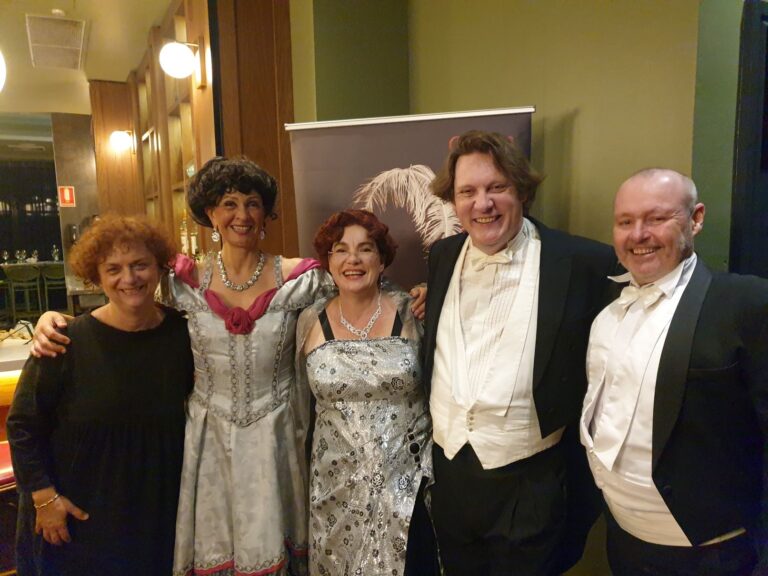
Dawn of a new era for Indigenous Australian women
By Roje Adaimy
Dr Dawn Casey doesn’t shy away from a good challenge. In a climate of controversy she managed to launch the National Museum of Australia on time and under budget; now she has taken on the role as director of Sydney’s Powerhouse Museum, with the hope of re-energising the struggling exhibition site.
Considered one of Australia’s most accomplished indigenous administrators, Dr Casey adds to her list of achievements by becoming the first Indigenous director in the Museum’s 128-year history.
In timely fashion, her first official duty was to open a new exhibition celebrating the journey of Indigenous Australian women.
Yinalung Yenu: women’s journey explores the sometimes unknown and often unexplained world of Indigenous women by sharing the stories of six prominent Koori females, including artist and businesswoman Bronwyn Bancroft; barrister and professor Larissa Behrendtl and respected elders Aunty Beryl Carmichael and Aunty Sue Blacklock.
Marilyn Clarke and Marlene Kong are just two of the six women whose lives and success are on show.
These twin sisters are two very proud Worimi women from Port Stephens in NSW, and are part of a unique Indigenous Australian family – along with their younger brother, they are doctors.
Marilyn was Australia’s first Aboriginal obstetrician, while Marlene is a successful general practitioner. Even after having worked in some of the world’s most impoverished nations, they both have vowed to continue to work on improving the state of Aboriginal health in Australia – inspired by their mother, who worked as a registered nurse and midwife.
“I remember mum coming home from work – really cranky, going on about doctors,” Dr Clarke recalls. “She’d say, ‘If you do well at school and you become a doctor, you get in there and you change things, make things better'”.
The exhibition delves into those areas where a woman’s influence outweighed the contribution of Indigenous men – from their everyday activities as educators, child rearers, camp builders and food collectors, to their role as decision makers, artists, storytellers, peacekeepers and healers.
The changing role of Indigenous women in Australian society is interpreted through a display of objects, artworks, photographs and personal interviews.
At the centre of the exhibition lies a traditional possum-skin cloak. Usually worn in the cooler, southern parts of Australia, the somewhat lost tradition has been revived by two Victorian artists and designed specifically for Indigenous women.
The exhibition is open daily to all members of the public.









